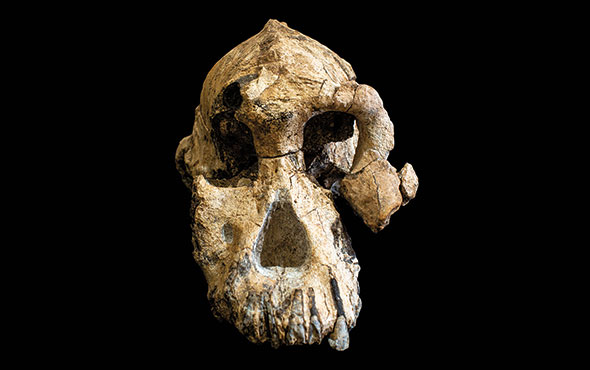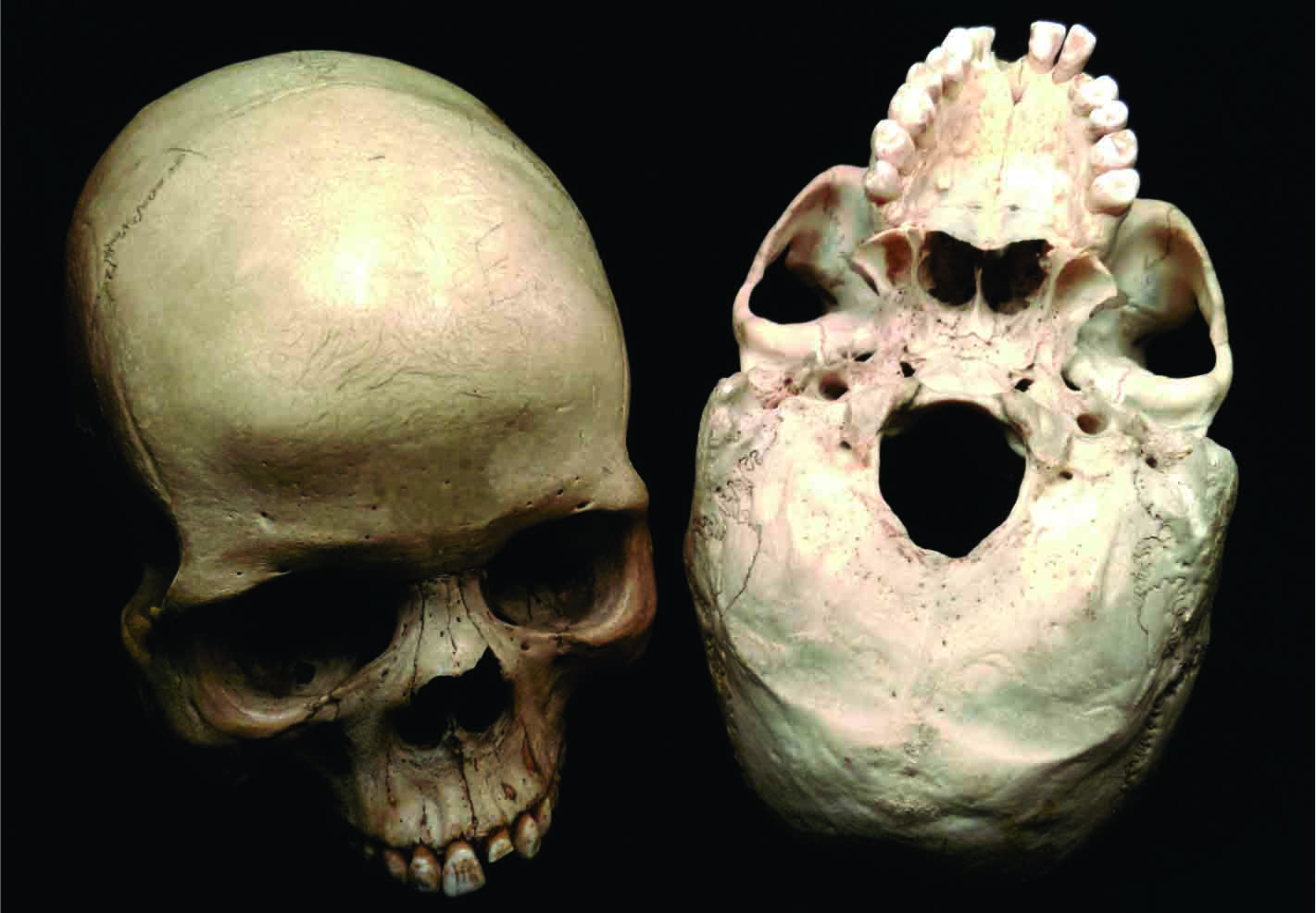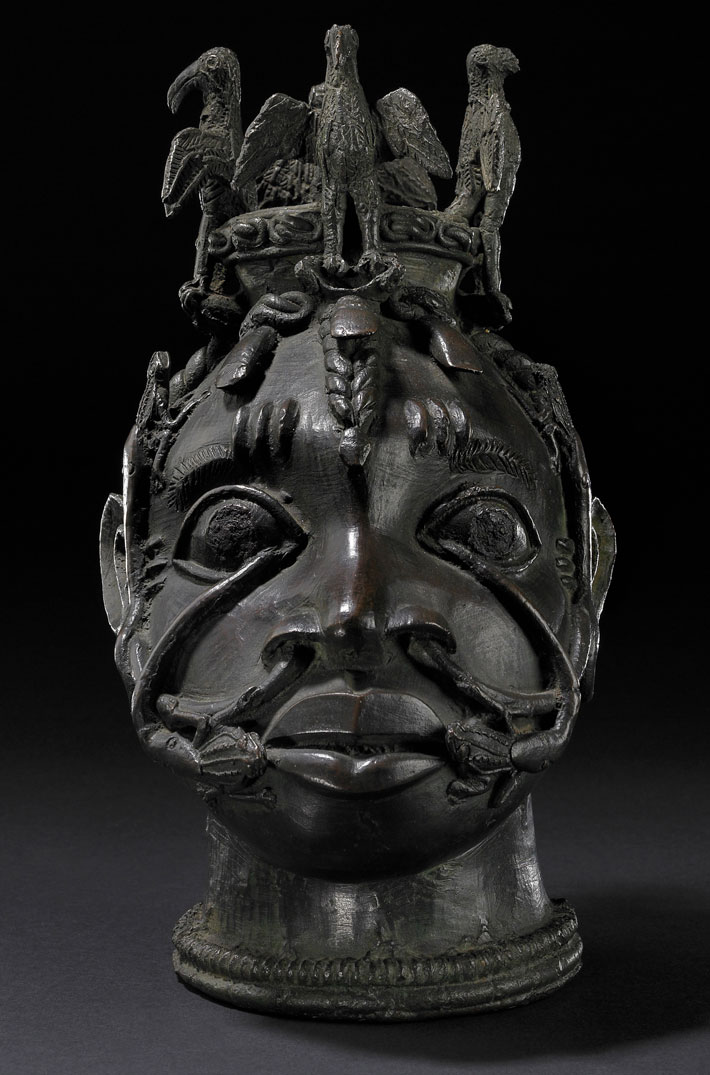
YUNNAN, CHINA—According to a Discover Magazine report, Xijun Ni and Yinan Zhang of the Chinese Academy of Sciences, Terry Harrison of New York University, and their colleagues reconstructed the inner ears of Lufengpithecus, a six-million-year-old ancestor of modern orangutans that lived in what is now China, using 3-D CT scans of fossilized inner ear bones. They then compared these reconstructions with the inner ears of other extinct apes, modern-day apes, and modern humans from Asia, Europe, and Africa in order to look for clues to the evolution of bipedalism. In modern humans, the vestibular system in the inner ear sends information about balance and motion to the brain through loop-shaped structures called semicircular canals. “The size and shape of the semicircular canals correlate with how mammals, including apes and humans, move around their environment,” Zhang explained. The study suggests that early apes were able to swing through trees with their arms like modern gibbons. Eventually, the last common ancestors of apes and humans were able to use their limbs to hang from trees, and could stand on their feet while hanging from trees, in a similar manner to Lufengpithecus. When on the ground, this last common ancestor likely walked on all fours, Harrison said. “Later, the human lineage diverged from the great apes with the acquisition of bipedalism, as seen in Australopithecus, an early human relative from Africa,” Ni said. Cooler temperatures and the growth of glacial ice sheets some 3.2 million years ago correlate with a rapid increase in the rate of change observed in bony ear structures, Harrison added. Walking upright may therefore have offered an advantage as the environment transformed. To read more about the development of bipedalism, go to "The Human Mosaic."










